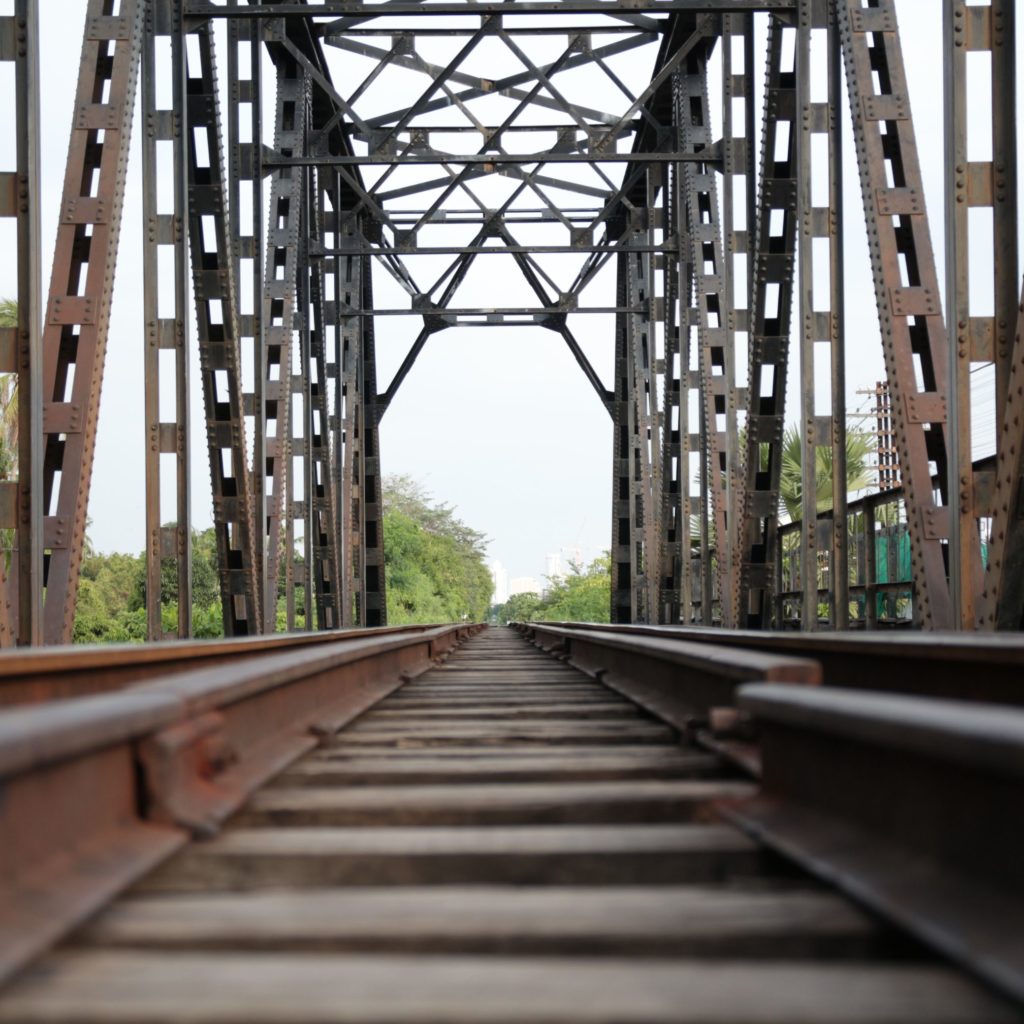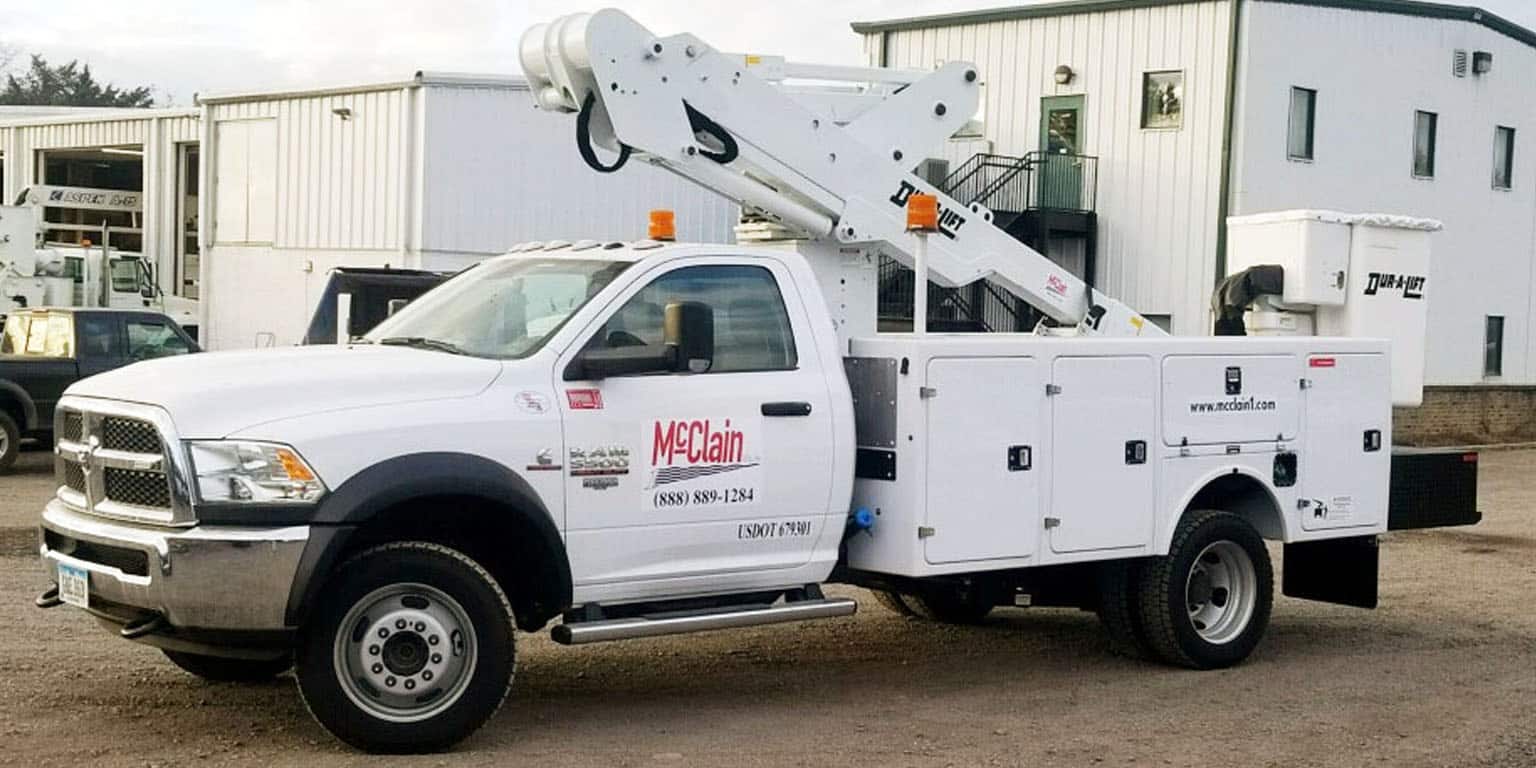When you think of railroad bridge inspections, you might envision inspectors in hard using big trucks and other railroad bridge inspection equipment to test the structure’s integrity. While that accurately represents what these inspections entail, there is a lot more work that goes into it than that. Inspectors must be knowledgeable about different types of bridges and comprehensively understand how they are expected to hold up under unique circumstances.
For example, an inspector should know if a bridge has been built with timber frames or steel beams and how much weight each component can carry. They need to know how often the inspection intervals for each type of bridge should occur and the kind of stress tests that need to be performed before someone can sign off on it as safe for public use. With so many details involved in successful railroad bridge inspections, here’s a closer look at what goes into them from start to finish.
Identifying The Bridge Type and Its Condition
One of the most important aspects of a successful railroad bridge inspection is identifying the type of bridge and its condition. This includes knowing which span length the bridge has, the bridge’s width, and the materials used to build it. Inspectors will also need to know any repairs that have been performed on the structure and when it was last inspected.
In addition to gathering this information, inspectors will also want to take note of any signs of damage or corrosion on the bridge. They will also want to inspect anywhere an accident ever occurred on the bridge to ensure no lingering damage has become apparent since the last inspection. This will give them a better idea of what repairs might be needed to bring the bridge back to a safe condition and how much those repairs will cost.
Gathering Data
Once the inspectors have identified the type of bridge and its condition, they will want to gather the data needed to thoroughly assess its structural integrity. As they walk across the bridge, they will want to note any signs of corrosion or damage to the bridge’s surface. They will also want to test the bridge’s strength by walking across it with different weights and measuring the impact it leaves on the structure. Also, when taking measurements of the bridge, inspectors will want to collect data about its width and length of it so they can identify its span length and know how much weight it can handle.
There are also bigger pieces of equipment known as hi-rail equipment used to inspect the bridge and gather data. For example, some bucket trucks are used to help inspectors look below the bridge deck, inspect the bridge’s suspension, and also look at the railroad ties so information can be gathered about those.
There are several smaller tools inspectors can use to gather data as well. They can use a tape measure to record length and width measurements, wear a load sensor on their back to measure how much weight the bridge can hold, or use a laser to measure the distance between two points.

Assessing The Structural Integrity Of The Bridge
After gathering data, inspectors will want to assess the bridge’s structural integrity by comparing it with data from accepted engineering standards. They will want to compare width and length measurements with the standards of the bridge’s specific span length. From there, inspectors will also want to compare data from previous inspections to ensure nothing has changed, tilted, or shifted.
The inspectors will need to account for the type of bridge they are inspecting, the materials used to build it, and any repairs that have been done to it since it was originally built. They can use a variety of tools to help them assess the structural integrity of the bridge, including a calculator, a computer program, or a table that has been pre-calculated for the specific type of bridge they are inspecting.
Evaluating The Safety Conditions for Pedestrians And Drivers
Occasionally, railroad bridges can double as traditional bridges as well, allowing for the traffic of either automobiles or pedestrians alongside the railroad. When assessing the safety conditions for pedestrians and drivers, inspectors will want to consider the width of the bridge, the presence of handrails, and the distance between the bridge’s surface and the road level. They will want to check if the bridge is wide enough for pedestrians to walk across without feeling crowded.
They will also want to make sure there are guardrails on both sides of the bridge to prevent unsuspecting pedestrians from falling off the edge. To ensure the bridge is close enough to the road level so that drivers don’t have to stop and wait for a long time to cross it, inspectors will want to measure the distance between the bridge’s surface and the road level. They will want to ensure this distance is less than the height of the average truck so that trucks can pass under the bridge without any trouble.
Inspecting Bridges Following an Accident
When inspecting railroad bridges following an accident, inspectors will want to determine the cause and identify any structural damage the bridge may have sustained. Railroad cars with cargo can be incredibly heavy, so this inspection is necessary before any trains or other vehicles cross the bridge again.
The inspector will also want to check if any of the bridge’s load-bearing components have shifted out of place, if any of its beams have been bent, or if any of its supports are out of alignment. They will also want to ensure that the bridge’s railing is intact and that it hasn’t been damaged or knocked out of place.
By identifying the cause of the accident, inspectors can make sure that that same accident doesn’t happen again on the same bridge. They can also make recommendations for repairs that need to be made to correct any structural damage the bridge sustained during the accident. This can help make the bridge safer for trains, passengers, and cargo that pass over it in the future.

Consequences of Neglecting Railroad Bridge Inspections
Inspections are important because they can catch any structural damage to a bridge before it becomes a major problem. If an inspector finds a small crack in the bridge’s surface, for example, they can recommend a repair to address it before it becomes a larger issue that could cause the bridge to collapse completely.
If an inspector discovers a more serious issue with the bridge, such as a bent beam that puts the entire structure at risk of collapse, they can recommend that the bridge be closed until it can be properly repaired. If an inspector fails to discover a repair that needs to be made to a bridge, it could cause a bridge to collapse, derailing the train, hurting anyone aboard, or even the death of anyone nearby. Worn-out bridges can also be unsafe for workers hired to make repairs, so knowing what they are getting into before the project starts is imperative.
Turn to McClain and Company for Help with Railroad Bridge Inspection Equipment Rentals!
For railroad bridges to remain safe for drivers and pedestrians, they must be inspected regularly. These inspections must be done by a knowledgeable inspector who understands the different types of bridges and how they are expected to hold up under different types of stress. Those inspectors need railroad bridge inspection equipment they can trust, and that is where McClain and Company can help.
We have equipment rentals for all types of inspections, from traditional bridges to railroad bridges. Call us here at McClain and Company today at 1.888.889.1284 or email us at [email protected]. We can set you up with the railroad bridge inspection equipment rentals you need to get your project done safely!


